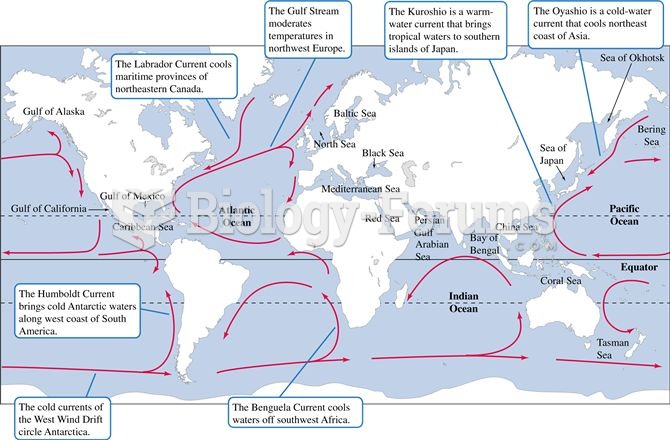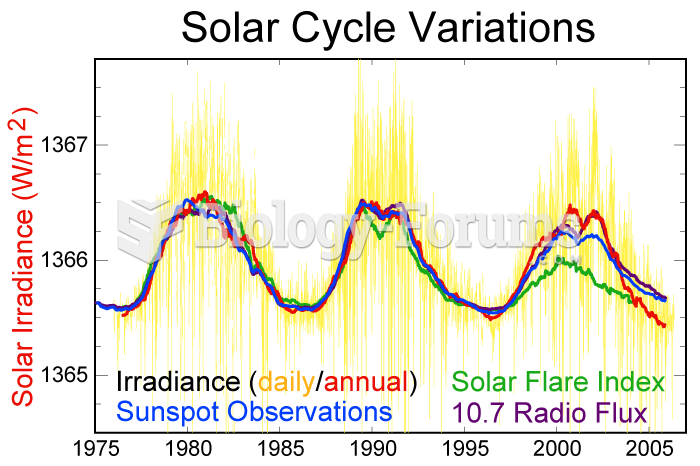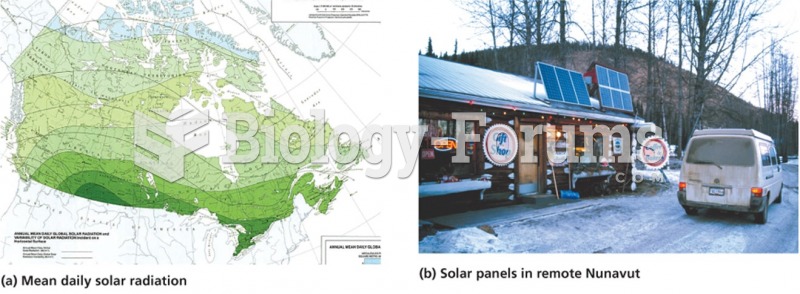Answer to Question 1 ANS: B
The Earth has a 23 tilt. Due to this rotational axis, there is a change in the proximity to the sun as
the Earth moves away and towards the sun. This causes seasonal variations, especially in the midlatitudes.
Information can be found in the section The Atmosphere Moves in Response to Uneven Solar
Heating and Earth's Rotation.
Answer to Question 2The shape of the basin itself has a strong influence on the patterns and heights of tides. Water
in large basins can rock rhythmically back and forth in seiches. Though they are small, tidal
crests can stimulate this resonant oscillation, and the configuration of coasts around a basin
can alter its rhythm. For these and other reasons, some coastlines experience semidiurnal
(twice daily) tides: two high tides and two low tides of nearly equal level each lunar day.
Others have diurnal (daily) tides: one high and one low. The tidal pattern is called mixed (or
semidiurnal mixed) if successive high tides or low tides are of significantly different heights
throughout the cycle. This pattern is caused by blending diurnal and semidiurnal tides. The
Pacific coast of the United States has a mixed tidal pattern: often a higher high tide, followed
by a lower low tide, a lower high tide, and a higher low tide each lunar day. The natural
tendency of water in an enclosed ocean basin to rock modifies the pattern in the Gulf of
Mexico, which experiences one crest per lunar day, a diurnal pattern. On the Atlantic coast,
two tidal crests arrive per lunar day, a semidiurnal pattern.







